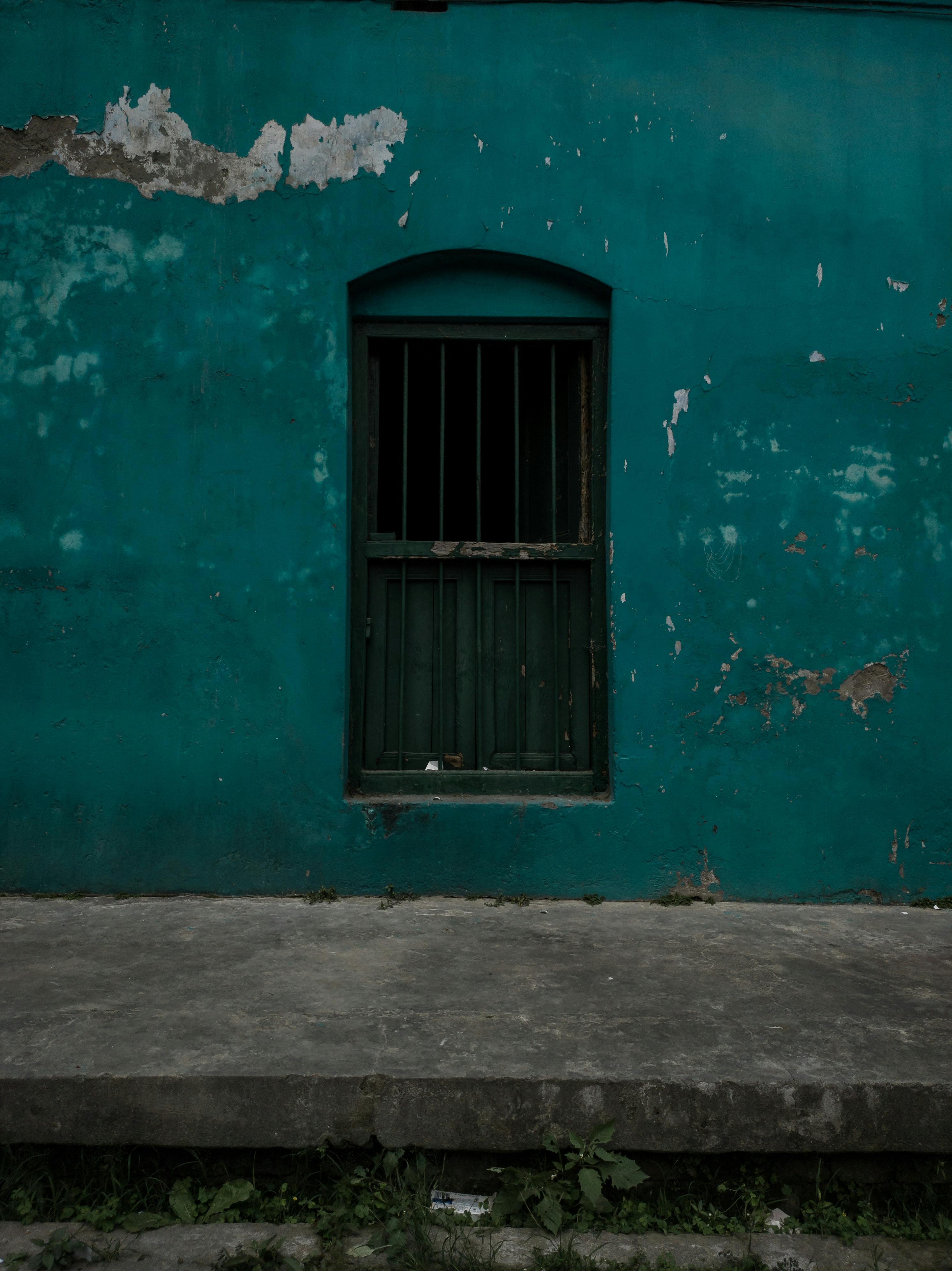
Smart Ways to Steep Tea for a Better Flavor in 2025
Brewing the perfect cup of tea requires more than just steeping leaves in hot water; it demands an understanding of various factors that influence flavor, aroma, and overall enjoyment. As tea culture continues to evolve, so do our methods for steeping and infusing this beloved beverage. In this article, we will explore key techniques to enhance your tea brewing experience, ensuring you achieve a delightful flavor profile each time you prepare a cup.
We’ll delve into the best water temperatures for different tea types, the ideal steeping times, and essential tea accessories that can elevate your tea ritual. Whether you’re a newcomer or a seasoned tea enthusiast, mastering these techniques will enable you to savor a full-bodied cup while avoiding common pitfalls like bitterness.
By the end of this guide, you will have comprehensive steeping tips that not only cater to your taste but also educate you on tea varieties, tea flavor extraction, and how to care for and store your tea leaves. Now, let’s embark on this flavorful journey of tea steeping.
Key Takeaways:
- Understanding the optimal tea brewing process is crucial for flavor extraction.
- Different types of tea require specific steeping times and temperatures for perfect results.
- The right equipment and accessories play a significant role in the tea preparation process.
Understanding Tea Varieties and Their Steeping Techniques
Building on the basics of tea preparation, understanding the different tea varieties is essential to perfecting your brewing methods. Each type of tea—from green to black, herbal to oolong—offers unique flavors and characteristics, which are significantly influenced by the steeping process.
Green tea, for instance, is sensitive to temperature and should be steeped at a lower heat, around 160-180°F. This delicate brewing preserves the subtle flavors without resulting in bitterness. In contrast, black tea benefits from boiling water, roughly 200-212°F, allowing for a fuller extraction of flavors.
When steeping herbal teas, the process can vary widely depending on the components. For example, dried fruits and seeds may require longer steeping times compared to other herbal elements, which can be steeped for a shorter duration to maintain their aromatic qualities.
Here are essential techniques for steeping different types of tea:
Green Tea Steeping Tips
For optimal green tea infusion, use a fine tea strainer or a dedicated tea infuser. Steep for 1-3 minutes at 160-180°F. Experimenting with water quality will also enhance flavor, particularly if using spring or filtered water.
Black Tea Steeping Guidelines
For black tea, fill your cup with boiling water and steep for 3-5 minutes. Adjust the steeping time according to your taste preference—longer steeping yields a stronger flavor, but be cautious to avoid bitterness.
Herbal Tea Steeping Process
Herbal teas generally require boiling water and longer steeping, ranging from 5-10 minutes. This duration ensures maximum flavor extraction. Utilizing a thermos for steeping can also help maintain the temperature and infuse the flavor evenly.
Connected to the subtleties of tea varieties, let’s examine the role of water quality and temperature in enhancing the steeping experience.
Best Water Temperature for Tea: Optimize Your Brew
With various tea types demanding specific temperatures, knowing the best water temperature is crucial for extracting desirable flavors without the bitterness. Utilizing a tea kettle with precise temperature settings can take your brewing to the next level.
Water that is too hot can overpower delicate flavors in lighter teas, while cooler water can result in under-extraction. The ideal water temperature not only brings out the natural oils and flavors in the leaves but also affects health benefits associated with tea consumption.
Optimal Brewing Temperatures
Each type of tea requires precise temperature control. Here’s a quick guide to understanding the best water temperature for brewing:
- Green Tea: 160-180°F
- Black Tea: 200-212°F
- Oolong Tea: 190-200°F
- White Tea: 160-185°F
- Herbal Tea: 200-212°F
Emphasizing the importance of temperature, using a thermometer or a smart kettle can significantly enhance your tea preparation techniques.
Water Quality for Better Flavor
Besides temperature, the quality of water impacts the infusion process. Filtered water often yields the best flavor results, minimizing any unpleasant tastes from tap water. Mineral content can also affect flavor extraction, so consider experimenting for optimal results.
With water temperatures and techniques established, we can now focus on practical tea steeping tips that will help avoid bitterness and enhance flavor.
Steeping Tea Without Bitterness: Practical Tips
A common frustration for tea drinkers is the bitterness that sometimes overshadows the desired flavors. By understanding the nuances of steeping time, measuring tea leaves, and water temperature, you can achieve a perfectly balanced cup.
Measuring Tea Leaves
The key to great tea lies in proportions. Aim for about one teaspoon of loose leaf tea per cup of water, adjusting based on your flavor preferences. Too much tea can lead to overpowering bitterness, whereas too little will result in a weak brew.
Using Timers
To avoid over-steeping, use a timer to keep track of your steeping period. Setting a timer for your preferred brew time ensures you won't lose track of it while preparing other ingredients. As a result, you’ll enjoy a well-balanced infusion without worrying about bitterness.
Tasting Notes and Adjustments
As you brew, take notes on the flavors extracted at different steeping times to refine your brewing process. Adjusting steeping time based on your palate preferences will keep your tea experience dynamic and enjoyable.
With these practical tips, you’re now equipped to navigate potential pitfalls in tea brewing, leading us to explore various tea steeping equipment essential for creating the perfect cup.

Essential Tea Steeping Equipment for Home Brewing
Efficient and effective tea brewing requires the right equipment. Investing in quality tea accessories will enhance your steeping experience and allow you to showcase various tea flavors.
Types of Tea Kettles
Choosing the right kettle is vital. Electric kettles with temperature settings allow precise control over boiling water, which is especially beneficial for delicate teas. On the other hand, traditional tea kettles provide a classic touch that many enthusiasts enjoy.
Use of Tea Strainers and Infusers
To ensure clarity in your tea without leaf particles, good quality tea strainers or infusers are important. They come in various designs and sizes to accommodate different tea types, from loose leaf to herbal blends.
Thermos and Steeping Containers
Utilizing insulated containers helps maintain temperature while steeping, resulting in a better infusion. These containers are great for hot tea preparation or iced tea steeping, ensuring you achieve the perfect flavor, whether warm or cold.
Up next, let’s dive into the steeping time guide, which is crucial for mastering how long to steep tea bags and loose leaf tea.
Steeping Time Guide: How Long to Steep Tea Bags and Loose Leaf
Correct steeping time is vital for achieving the desired flavor in your tea, significantly varying between loose leaf and bagged tea. Each has its advantages and ideal steeping times, and understanding these can simplify your tea brewing routine.
Steeping Loose Leaf Tea
Generally, loose leaf tea requires longer steeping times than tea bags due to its higher volume per cup. For example, green tea can steep for 2-3 minutes, while black tea may require 3-5 minutes, depending on the desired intensity.
Steeping Tea Bags
Tea bags typically fuse flavors quicker due to their compactness and fine mesh, often needing just 1-3 minutes for optimal infusion. For stronger tea, allow it to steep longer, but be cautious of bitterness.
Understanding Optimal Steeping Times
Overall, it’s essential to adjust steeping times based on personal preference, but adhering to suggested steeping times serves as a good starting point. By experimenting with different varieties, you can uncover the perfect steeping duration for your taste.
This detailed exploration of steeping times leads us to the significance of tea flavor extraction, enhancing both your enjoyment and health benefits when consuming this delightful beverage.

Tea Flavor Extraction: Maximizing Your Tea Experience
Maximizing flavor extraction involves understanding the chemistry of tea leaves and how steeping time and temperature interact. Factors such as the type of tea, leaf cut, and even the environment all play significant roles in flavor development.
Tea Leaves Quality
The quality of tea leaves is paramount. Always choose high-quality, fresh tea to ensure optimal flavor extraction. Stale tea will lead to dull flavors, while quality tea will reveal its unique flavor profile.
Experimenting with Brewing Techniques
Try different brewing techniques like cold brewing or multiple infusions, which can yield different flavor notes and strengths. Each method unlocks new aspects of the tea’s character and introduces a delightful variety to your routine.
Pulling It All Together: Creating Your Perfect Tea
Ultimately, creating the perfect cup of tea involves balancing water temperature, steeping time, and tea quality. Enjoy experimenting to find your favorite combinations.
As you explore innovative tea steeping methods, consider how to best enjoy tea that suits your lifestyle and preferences.
Conclusion: Enjoying Tea and Its Cultural Significance
Engaging with tea steeping techniques offers not just an opportunity for flavor exploration, but also provides a meaningful connection to global tea traditions. As you discover various brewing methods and flavors, embrace the cultural significance of tea in your life.
Whether preparing for intimate gatherings or simply enjoying a quiet moment with your favorite brew, these tea preparation techniques will elevate your tea experience. From selecting high-quality leaves to mastering steeping times, each step contributes to making tea an integral part of your wellness journey. Cheers to perfect cups of tea!